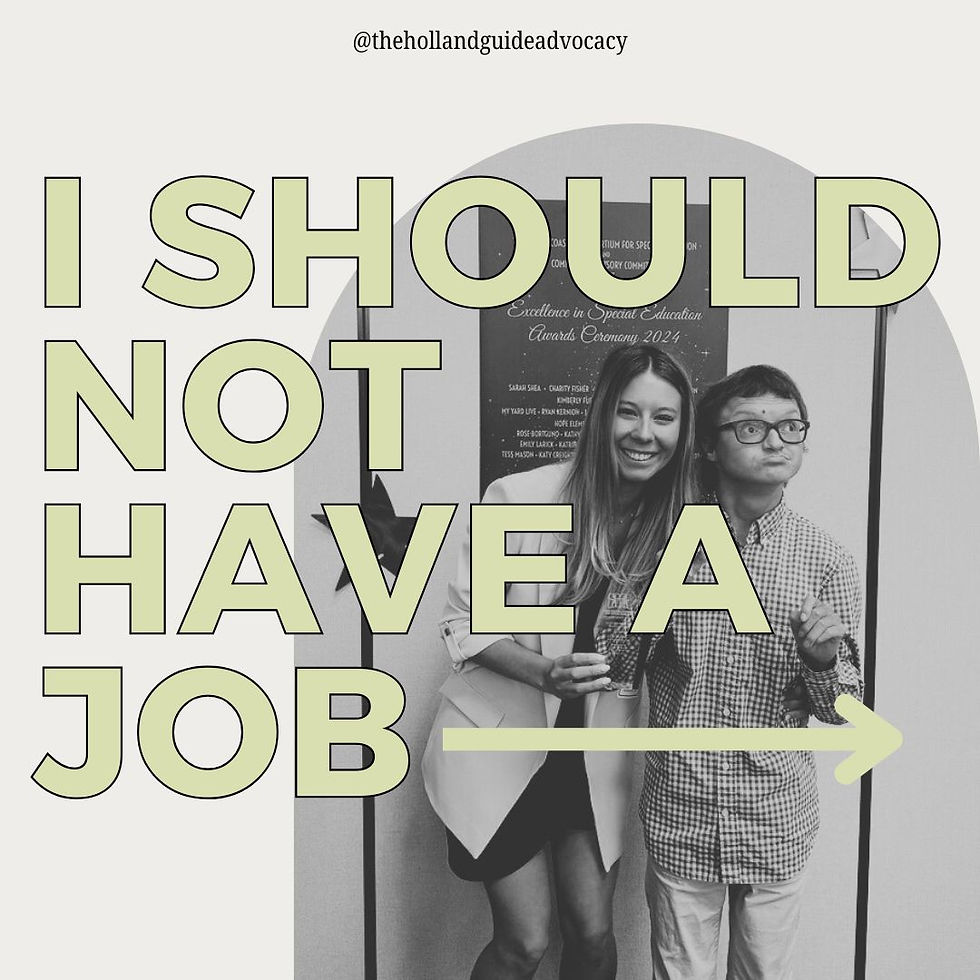Building Empathy Through AAC: An Out of My Mind Classroom Activity
- Sarah Singleton

- Aug 10
- 2 min read

If you know anything about me, it’s that I am the biggest champion for inclusive education.
I was blessed to attend a school that prioritized inclusion, and in 3rd grade, I met my best friends, Hannah and Meghan. Their friendship changed the trajectory of my life. Since then, my purpose has been clear: to advocate for people with disabilities.
Meghan has used an AAC (Augmentative and Alternative Communication) device to communicate all her life. I’ve grown up having conversations with her through her iPad—it’s always felt natural to me. But in many general education classrooms, I’ve seen that students aren’t always familiar with different ways people communicate. That’s where one of my favorite classroom activities comes in.
Why Out of My Mind?
One of my go-to tools for building understanding is the novel Out of My Mind by Sharon Draper. The story follows Melody, an intelligent, witty, and determined 11-year-old girl with cerebral palsy who cannot speak. Through her AAC device, she’s finally able to share her thoughts, humor, and brilliance with the world. For teachers and parents looking to foster empathy, understanding, and inclusion, this book and the activity that follows is a game changer.
The Classroom Story That Started It All
I first did this activity in a 4th-grade general education classroom. On the first day of school, I overheard students using degrading language and making comparisons to students with disabilities. Sure, I could have lectured them or sent them to the principal. But I knew that wouldn’t change their hearts. So instead, I brought out this activity.
The AAC Communication Board Activity
1. Read the Book (or Selected Chapters)
Read Out of My Mind together. If time is short, choose key chapters that highlight Melody’s use of her AAC device.
2. Introduce AAC
Explain what AAC is and why someone might use it. Help students understand that communication can happen in many different ways.
3. Create the Boards
Using the blank AAC template, students design their own boards with words and phrases they’d want to use if they couldn’t speak (emotions, questions, needs, and social expressions).
4. Practice Communicating
In pairs, students hold short conversations using only their boards... No talking allowed.
5. Reflect Together
Lead a discussion about the experience. What was hard? What was surprising? How did it feel to rely on the board?
When the bell rang for PE, I told students they had to use their boards to ask me if they could go outside. Some couldn’t find “go” or “outside” and quickly realized the challenges AAC users face every day. Later, when I asked how they would communicate with someone who couldn’t speak verbally, their answers warmed my heart. Even more powerful, the same student who had used hurtful language earlier that day asked if we could invite the special education class to join us for PE. This activity changes hearts.










Comments